
19 Days

Argentina

Hard

6,961 m

AUD 12,680
Get ready for the adventure of a lifetime with the Mt. Aconcagua Expedition – your chance to stand atop the highest peak outside of Asia! Towering at 6,961 meters in the heart of the Andes, Aconcagua is more than just a mountain; it is a legendary challenge and a gateway to the coveted Seven Summits. Known as the "Stone Sentinel," Aconcagua will test your endurance, resilience, and spirit of adventure. This is a climb for those who dare to push their limits, embracing the raw power of high- altitude mountaineering while immersed in some of the most breathtaking landscapes on Earth. From rugged valleys to vast glacial fields, every step brings a new test and a deeper appreciation for the grandeur of the Andes.
Preparation is key – this climb demands serious physical and mental conditioning. With carefully planned acclimatization days, expert guidance, and a route designed for both challenge and success, you will have the best shot at reaching the summit safely and confidently.
Your journey begins in the stunning Horcones Valley, where the trail winds through dramatic scenery, building anticipation with every step. As you ascend, you will navigate scree slopes, ice- capped ridges, and the ever-thinning air—each moment bringing you closer to an achievement few can claim.
This is more than a climb – it is a test of will, a journey of self-discovery, and an unforgettable encounter with nature at its most powerful. Are you ready to conquer Aconcagua?
Why Choose This Expedition?
✔ Expert Guides – Led by seasoned professionals with extensive high-altitude experience.
✔ Strategic Acclimatization – A well-planned itinerary to maximize summit success.
✔ Technical Training & Support – Assistance with essential mountaineering techniques.
✔ Immersive Cultural Experience – Engage with the local communities and their way of life.
✔ An Unforgettable Achievement – Claim your place among the elite climbers who have conquered
South America’s highest peak.
Are you ready to take on the challenge?
Welcome to Mendoza! Upon arrival at Mendoza airport, we will transfer you to your comfortable hotel in the heart of the city. The day is free for you to relax or explore the vibrant streets of Mendoza. In the evening, meet your expedition leader and fellow climbers, setting the stage for the adventure ahead.
Arrival to Mendoza (746 m)
Upon arriving at Mendoza airport, participants transfer to a hotel, offering a chance to relax or explore Mendoza’s charming streets. The evening includes a welcome meeting with the expedition leader and fellow climbers, setting the stage for the adventure ahead.
The day starts with a hearty breakfast before heading to the permit office and then on to Puente del Inca. This picturesque village is the gateway to the mountains, where trekkers finalize their preparations and spend a night in a local lodge, enjoying amenities and the anticipation of the trek.
Puente del Inca – Confluencia (3,390 m)
Embarking from Puente del Inca, the team makes its way to Confluencia, the first significant campsite of the expedition. This marks the start of the trekking phase, with equipment carried by mules. The trek takes approximately 3 hours, offering the first glimpse of Aconcagua’s imposing beauty. The campsite at Confluencia is a vibrant meeting place for climbers from around the world.
A day dedicated to acclimatization at Confluencia. Activities include rest and short treks in the area, with a visit to the lower Horcones River and then up the valley to visit the Horcones Glacier, from here we have spectacular views of Aconcagua’ s South face towering above us.
Confluencia – Plaza de Mulas (4,370 m)
The journey to Plaza de Mulas, the main base camp, is a challenging trek that takes about 8 hours. Traversing the Horcones Valley, climbers witness the landscape’s transformation from verdant meadows to rugged mountain terrain, a testament to the Andes’ diverse ecology.
A day of rest at Plaza de Mulas offers climbers a chance to recharge. The base camp, nestled at the foot of Aconcagua, provides a comfortable setting for preparation and acclimatization, with optional short hikes to explore the area’s beauty further.
Plaza de Mulas-C°Bonete-Plaza de Mulas (5,000 m)
Climbing to Mount Bonete, this acclimatization trek is both challenging and rewarding. The excursion to this neighbouring peak offers unparalleled views of Aconcagua’s west face and the surrounding Andes, preparing climbers for the higher altitudes to come.
Plaza de Mulas-Canada-Plaza de Mulas (4,910 m)
A round trip to Camp Canada is undertaken to transport gear and further acclimatize. This day’s efforts are crucial in preparing for the ascent, allowing climbers to familiarize themselves with the route and conditions at higher camps.
Participants enjoy a restful day with a short hike to the Higher Horcones Glacier where we’ll indulge in some training with climbing gears. Focus is on acclimatization and providing an opportunity for climbers to mentally prepare for the upcoming challenges.
Plaza de Mulas-Canada (4,910 m)
The journey continues with a move to Camp Canada, carrying the remainder of the equipment. This day focuses on setting up camp and resting, with hydration and nutrition prioritized to support acclimatization.
Canada-Nido de Condores (5,560 m)
The climb to Nido de Condores involves carrying the necessary gear up the mountain. This camp is higher and exposes climbers to the thinning air, requiring careful pacing and acclimatization.
Nido de Condores – Acclimatization (5,560 m)
A rest day at Nido de Condores allows for further acclimatization and recovery. The serene environment and spectacular vistas provide a backdrop for reflection and preparation for the next stage of the climb.
Ascending to Camp Colera, climbers face the thin air and cold temperatures of high altitude. This final camp before the summit push is essential for acclimatization, with climbers resting and preparing for the summit attempt.
Summit Aconcagua (6,962 m)
At dawn, we commence our ascent via the normal route, passing Independencia hut remnants at 6,400m. Traversing Cresta del Viento and the expansive Gran Acarreo, we reach the Cresta del Guanaco, the ridge leading to the North Summit. Surrounded by awe-inspiring vistas across the Americas, we descend to Camp 3, celebrating our achievement as we conquer South America’s highest peak.
Returning to Plaza de Mulas, the descent is a time for reflection and celebration. Climbers pack their equipment for the return journey, sharing stories of their summit experience.
The expedition returns to Mendoza, marking the end of the climbing journey. Back in the city, climbers can enjoy the comforts of their hotel, celebrate their achievements, and reflect on their incredible journey.
End Tour
After breakfast, the expedition officially concludes, with participants departing from the hotel for their onward journeys, enriched by the experience of climbing one of the world’s most renowned peaks.
Reserved for weather contingencies or additional acclimatization, these days ensure the expedition’s success, providing flexibility to accommodate the unpredictable conditions of high-altitude mountaineering.
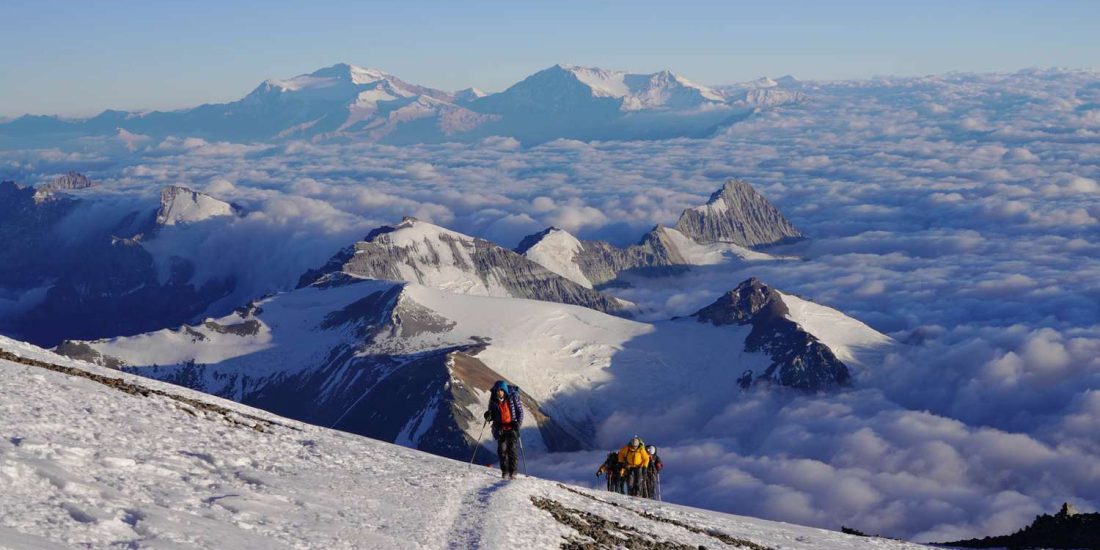
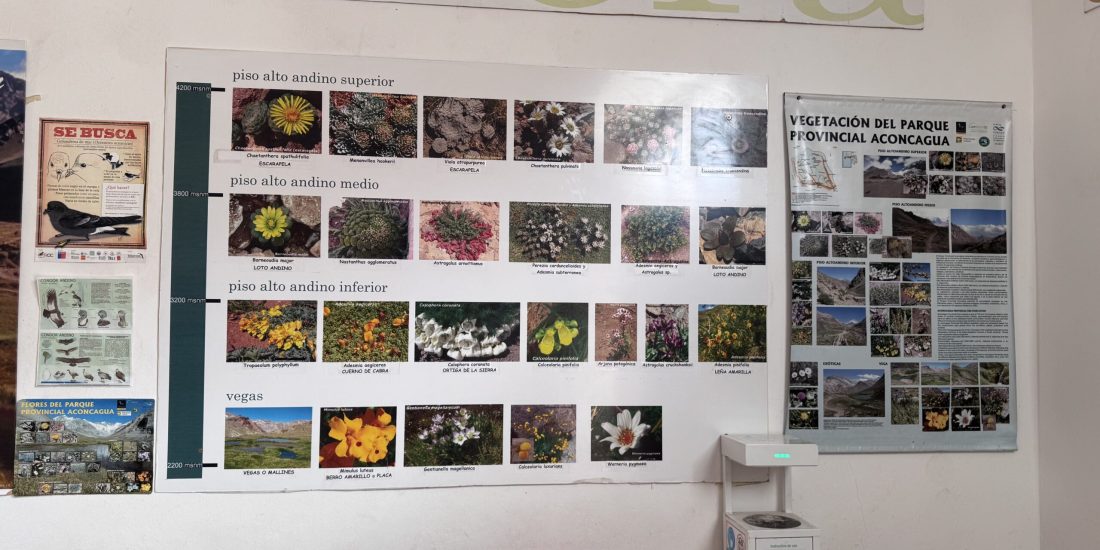
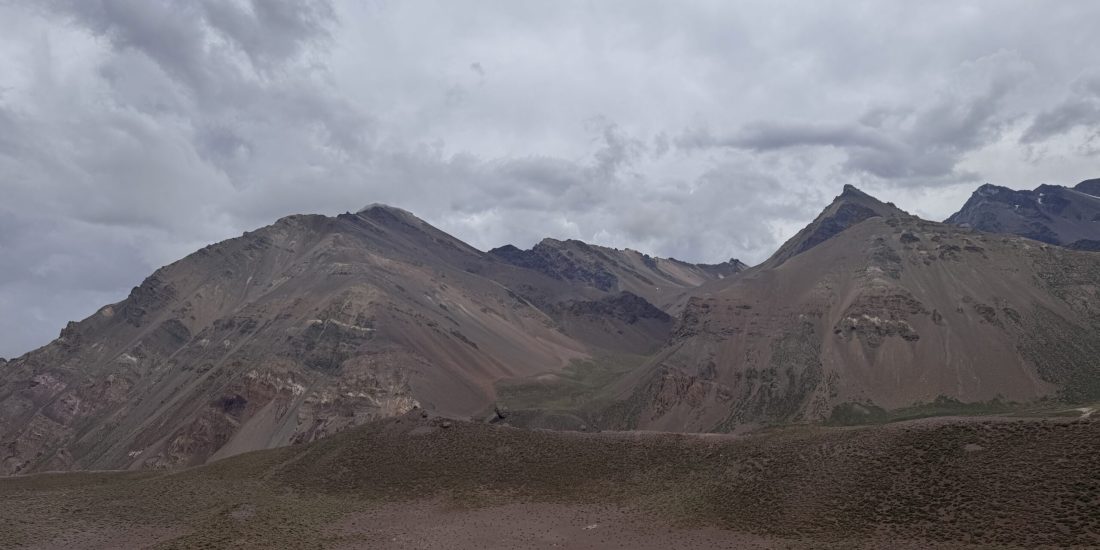
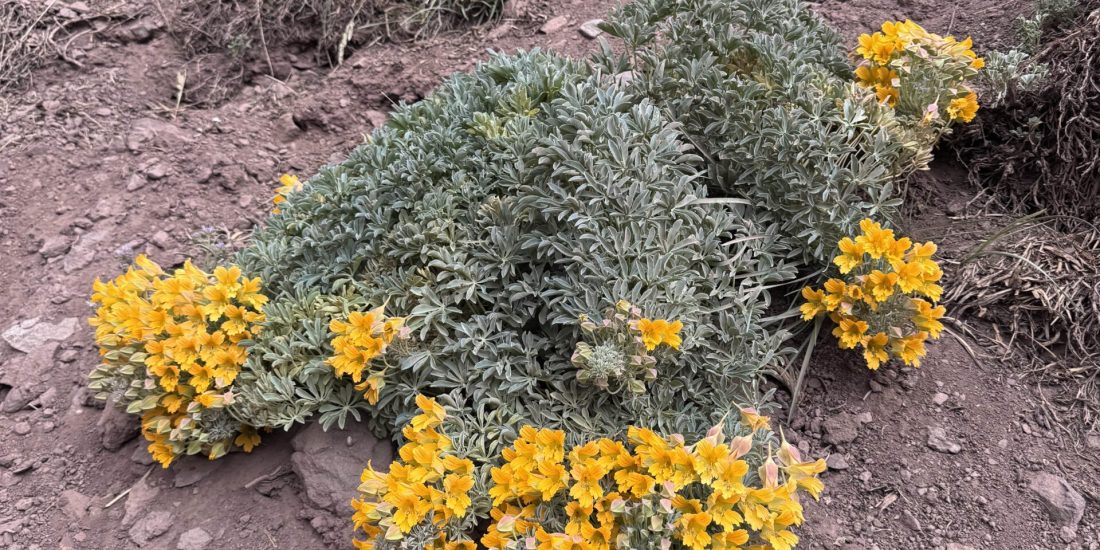
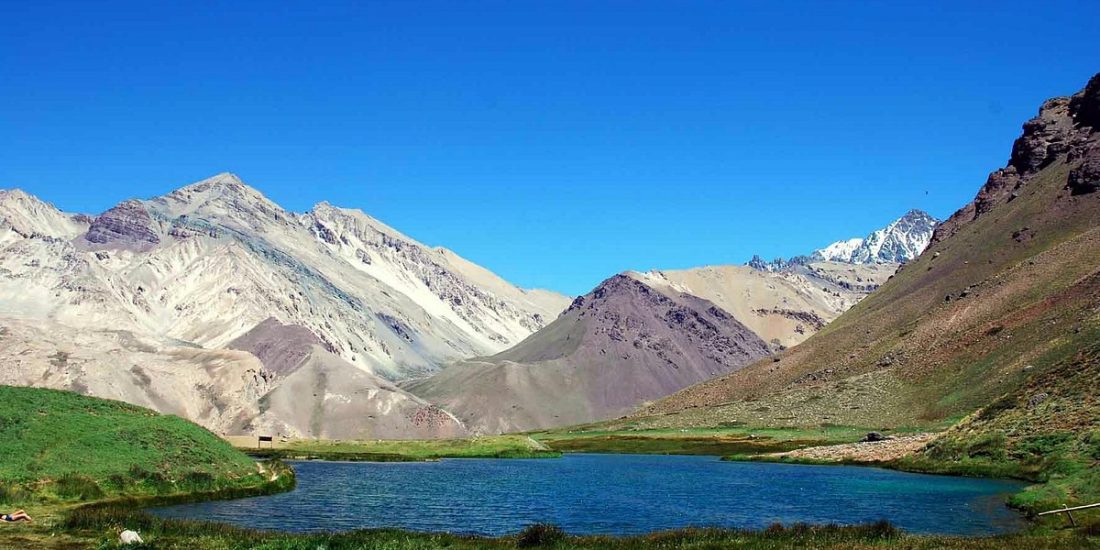
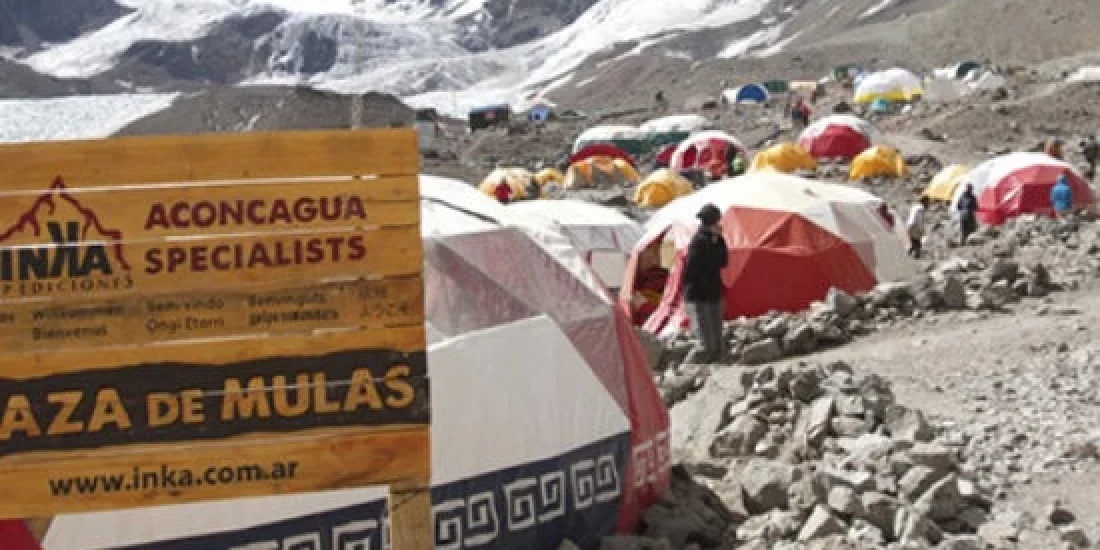
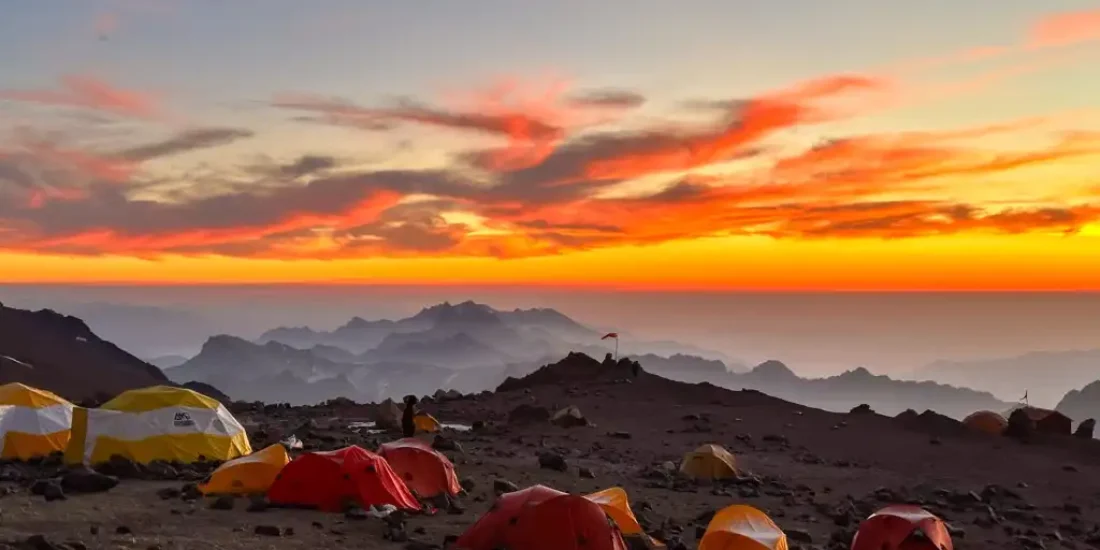
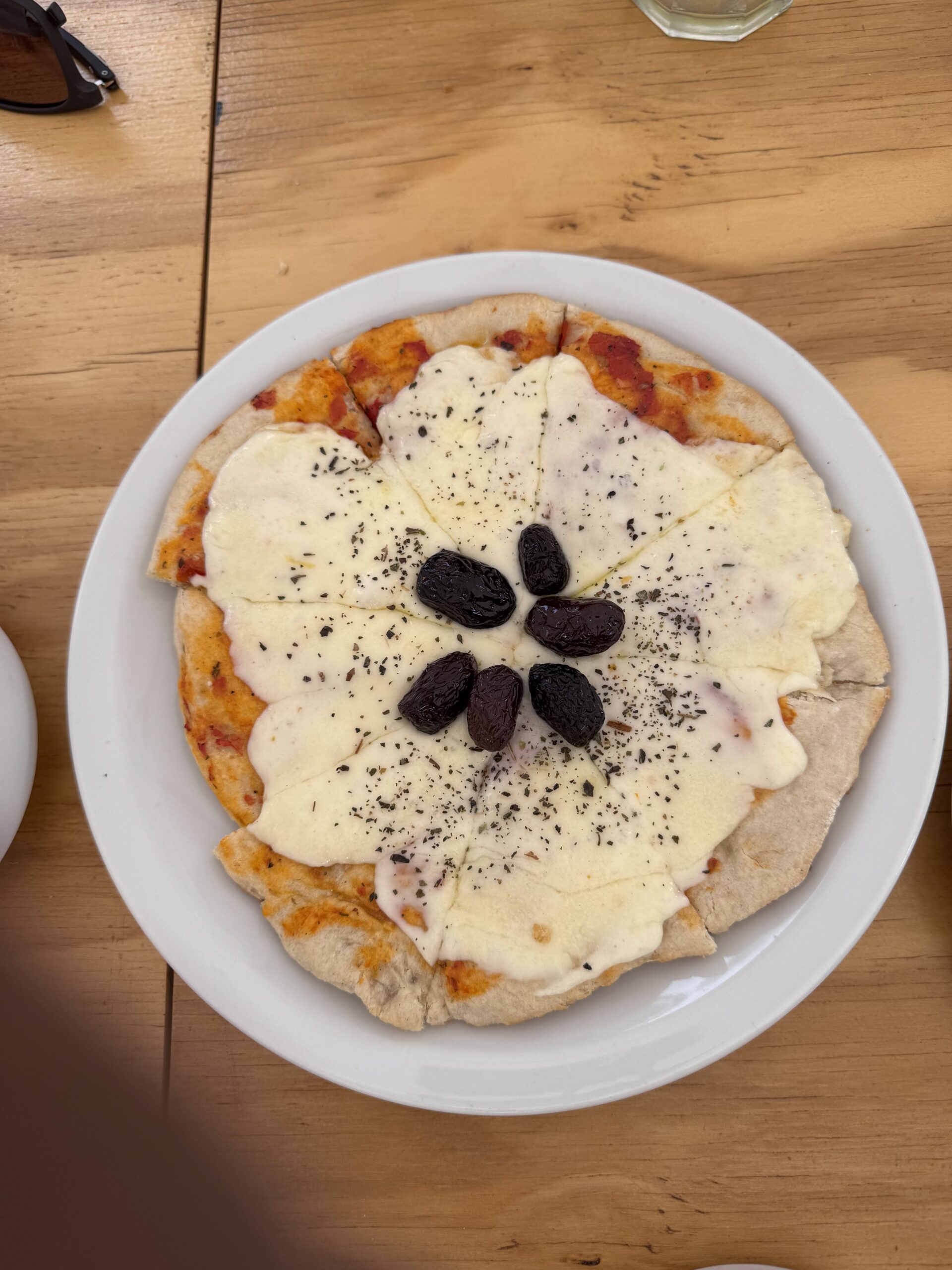
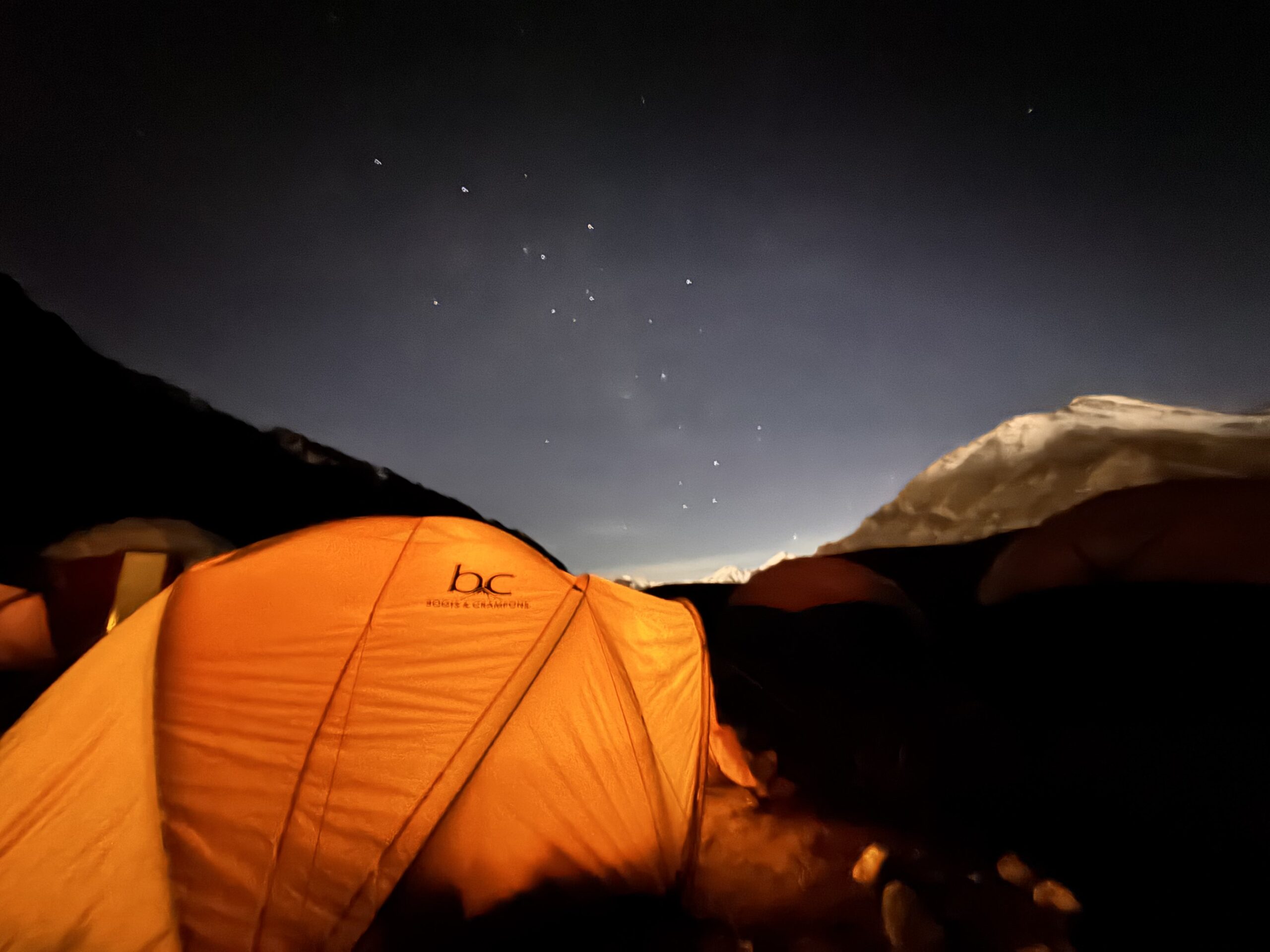
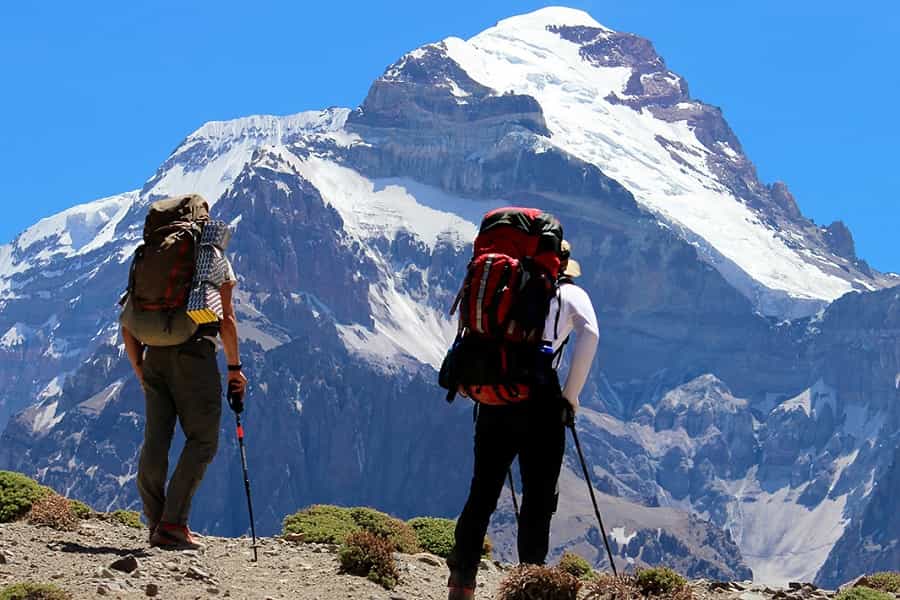
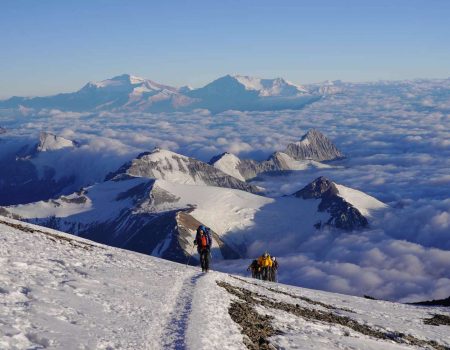
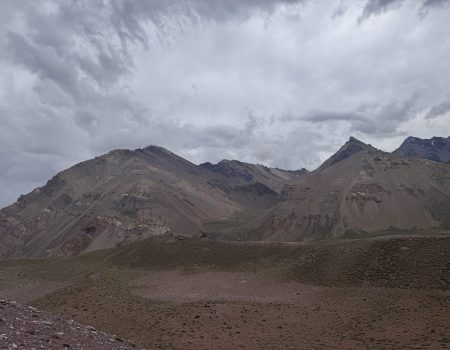
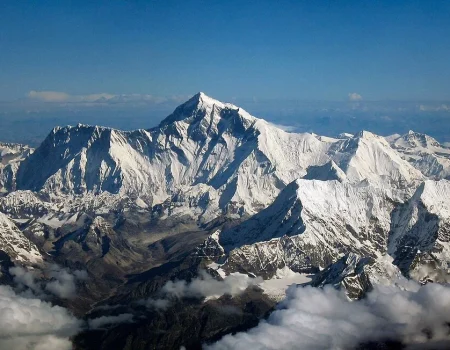
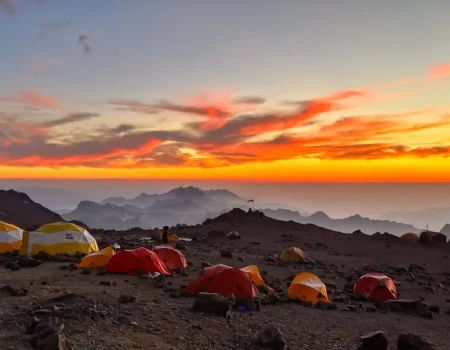
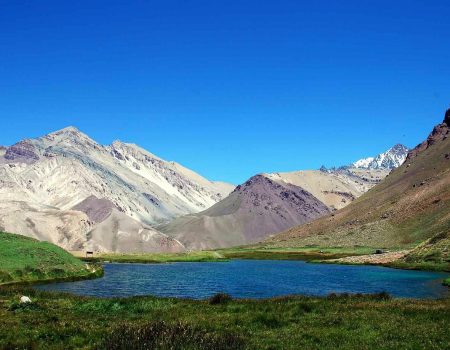

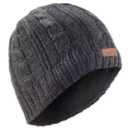
First Layer Gloves:2 pair light weight, pile or polypropylene.
Fleece and Waterproof Gloves:1 pair for cold weather
Duvet Mittens: 1pair.
Gore-Tex’s overmitts: Recommend “tough-tek” shell palms for better grip.
Hand warmers for summit push (no direct contact with skin)



At Adventure Central, the safety and well-being of our trekkers is our utmost priority, especially for challenging adventures like the Everest Base Camp Trek. We have implemented comprehensive safety measures to ensure a secure and enjoyable experience for all participants:
By implementing these safety measures, Adventure Central is committed to providing a safe, responsible, and unforgettable trekking experience to this trek.
Discover similar treks from Boots & Crampons that quench your thirst for adventure.
We understand your pain when you have to cancel a trip for unforeseen reasons. To address this, while considering our advance arrangements, we’ve set up fair and reasonable cancellation guidelines. If you inform us about it:
A) More than 30 Days Prior to Start:
-Option for a 100% credit towards a future expedition.
-Alternatively, a 90% refund is available.
B) Between 30 to 10 Days Prior to Start:
-Eligible for a 50% refund of the total cost.
-Option to carry forward 75% of the payment towards a future expedition.
C) Less than 10 Days Prior to Start:
-A 10% refund is available under this notice period.
-Alternatively, 25% of the payment can be applied to a future expedition.
Yes, prior experience in high-altitude trekking or climbing, particularly on peaks over 5000 meters, is strongly recommended. This experience helps climbers acclimate to altitude and understand the physical and technical demands of the expedition.
Personal gear, including climbing equipment, proper clothing, and a sleeping bag, must be brought by climbers. We take care of all the other arrangements and common/camping equipment.
Climbing & Trekking Equipment like poles and gloves can be rented, but personal gear like jacket and boots are recommended for comfort and fit.
Appropriate clothing includes a base layer for moisture management, an insulation layer for warmth, and a waterproof and windproof outer layer. Additional accessories like gloves, hats, and thermal socks are essential for protection against the cold. Check out the “things to pack” section above for a complete list.
Accommodations include hotel in Kathmandu, teahouses during the trek through villages like Namche Bazaar, and camping in tents during the climb from the base camp.
Meals are included in the package and are served at teahouses or camps. The food ranges from local Nepalese dishes to more familiar Western-style meals, catering to various dietary preferences.
Clean drinking water is usually available throughout the trek. It’s often provided by the lodges or can be obtained from natural sources and treated with purification tablets or boiling.
Basic facilities are available at campsites, including dry pit toilets or portable toilets, depending on the location.
Mobile network and internet access are limited or non-existent in the region, with emergency communication usually via satellite phone.
Charging facilities are limited on the trek, so it’s advisable to bring extra batteries or portable solar chargers.
A high level of physical fitness is recommended. Participants should be able to hike for several hours a day in steep, high-altitude terrain. Pre-trip fitness training is advised to enhance endurance and strength.
It is highly recommended that climber come with a comprehensive travel insurance that covers high-altitude trekking, medical expenses, and emergency evacuation. It’s important to ensure that the policy covers the specific altitude of Ama Dablam.
The itinerary typically includes acclimatization days to adapt to higher altitudes. Guides are trained to recognize and manage altitude sickness symptoms, and descent is the immediate course of action if symptoms become severe.
Basic medical facilities and support are available at various points along the route. Guides often carry first aid kits, and larger groups may have a designated medical professional.
Expeditions are equipped with emergency evacuation plans, which may involve descent to a lower altitude, helicopter evacuation, or transport to a medical facility, depending on the severity and nature of the emergency.
Safety measures include experienced guides, use of proper equipment, adherence to established routes, and regular weather and condition assessments. Risk management protocols are strictly followed to ensure climber safety.
Climbers should be proficient in basic mountaineering skills, such as using crampons and ropes, navigating crevasses, and understanding glacier travel. These skills are crucial for safe climbing and dealing with the technical sections of the ascent.
Yes, qualified and experienced guides and instructors accompany climbers. They provide assistance with technical skills, route finding, and safety management, ensuring climbers are well-supported throughout the expedition.
During climbing seasons (spring and autumn), the weather is generally stable with less precipitation and clearer skies. However, weather in the Himalayas can be unpredictable, and climbers should be prepared for sudden changes.
Bathing is generally not recommended during the trek.
Weather plays a critical role in climbing conditions. Good weather can mean safer and more enjoyable climbs, while bad weather can lead to hazardous conditions, route changes, or delays.
We have a buffer day in our itinerary to accommodate bad weather or other unforeseen conditions. It is used to ensure the safety and success of the summit attempt.
If a climber cannot continue, the standard procedure involves safely descending with the assistance of guides. The well-being of the individual is prioritized, and decisions are made based on the severity of their condition.
We understand your pain when you have to cancel a trip for unforeseen reasons. To address this, while considering our advance arrangements, we’ve set up fair and reasonable cancellation guidelines. If you inform us about it:
-Option for a 100% credit towards a future expedition.
-Alternatively, a 90% refund is available.
-Eligible for a 50% refund of the total cost.
-Option to carry forward 75% of the payment towards a future expedition.
-A 10% refund is available under this notice period.
-Alternatively, 25% of the payment can be applied to a future expedition.
Fill your full details in the form below. We will get back to you as soon as possible.